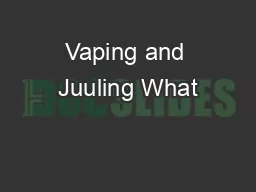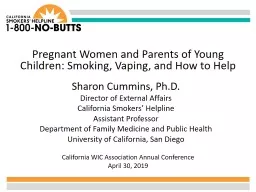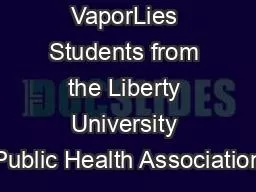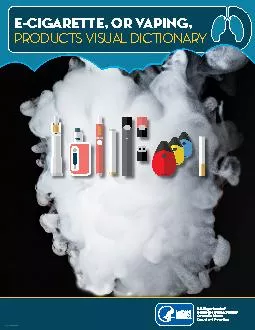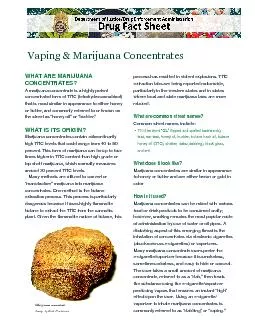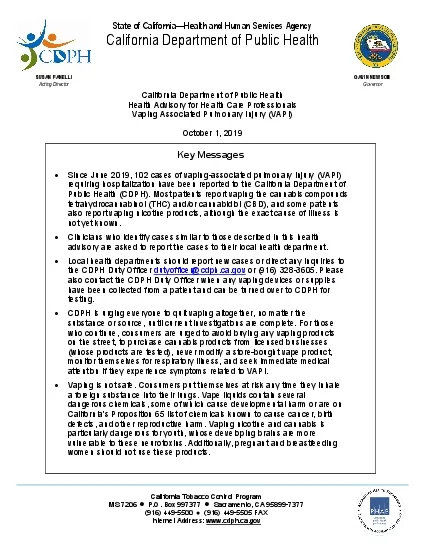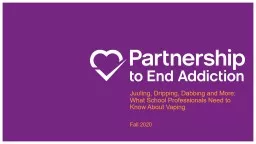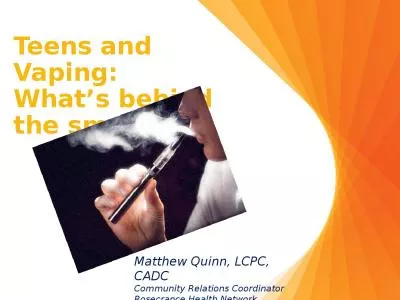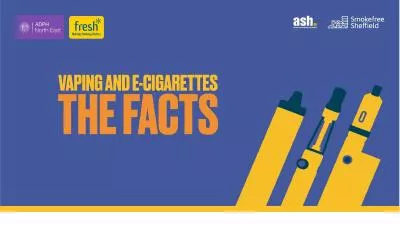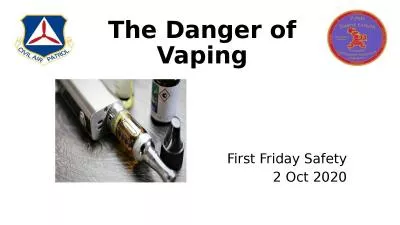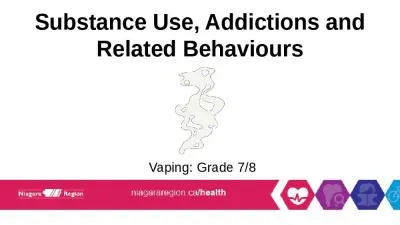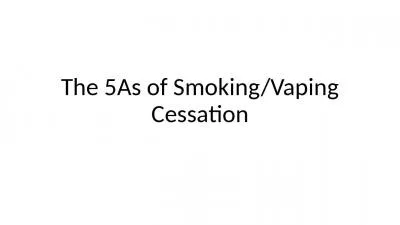PPT-Vaping and Juuling What
Author : lois-ondreau | Published Date : 2019-12-11
Vaping and Juuling What should you and your community know about vaping and J uuling Young people have taken a technology that was supposed to help grownups stop
Presentation Embed Code
Download Presentation
Download Presentation The PPT/PDF document "Vaping and Juuling What" is the property of its rightful owner. Permission is granted to download and print the materials on this website for personal, non-commercial use only, and to display it on your personal computer provided you do not modify the materials and that you retain all copyright notices contained in the materials. By downloading content from our website, you accept the terms of this agreement.
Vaping and Juuling What: Transcript
Download Rules Of Document
"Vaping and Juuling What"The content belongs to its owner. You may download and print it for personal use, without modification, and keep all copyright notices. By downloading, you agree to these terms.
Related Documents

